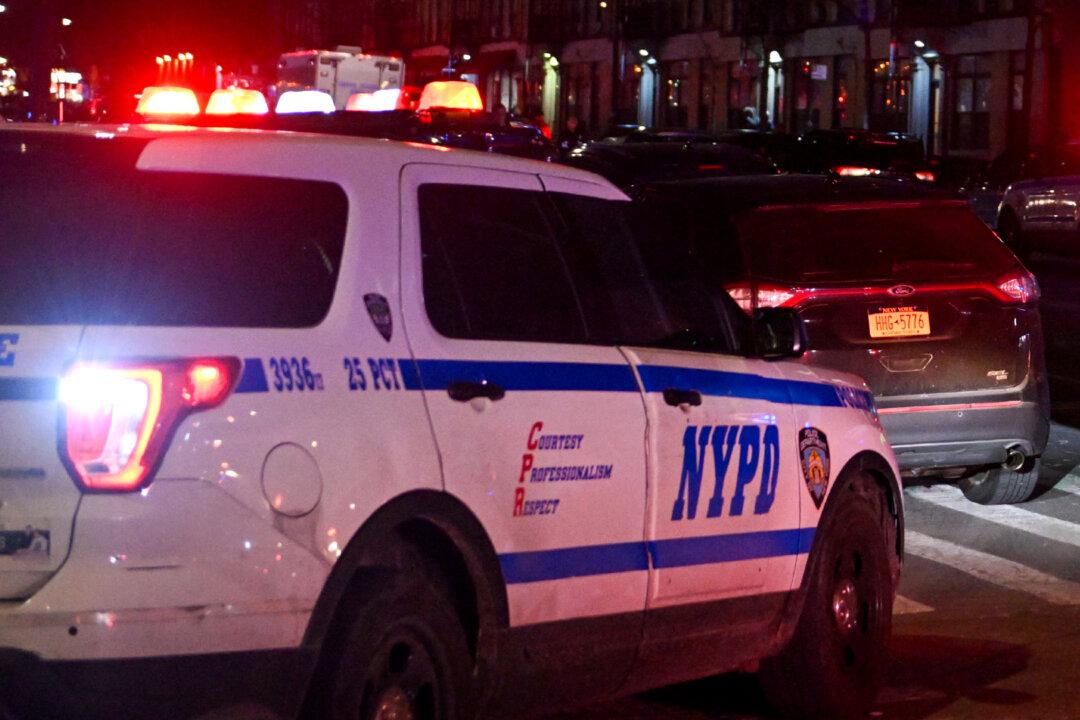The United States is facing a vexing crime problem.
Even if the causes of the surge in the past few years are correctly identified, it could take many years of sustained efforts to reverse it. However, some solutions could be deployed right away, according to several experts—as long as there’s a will to do so.





